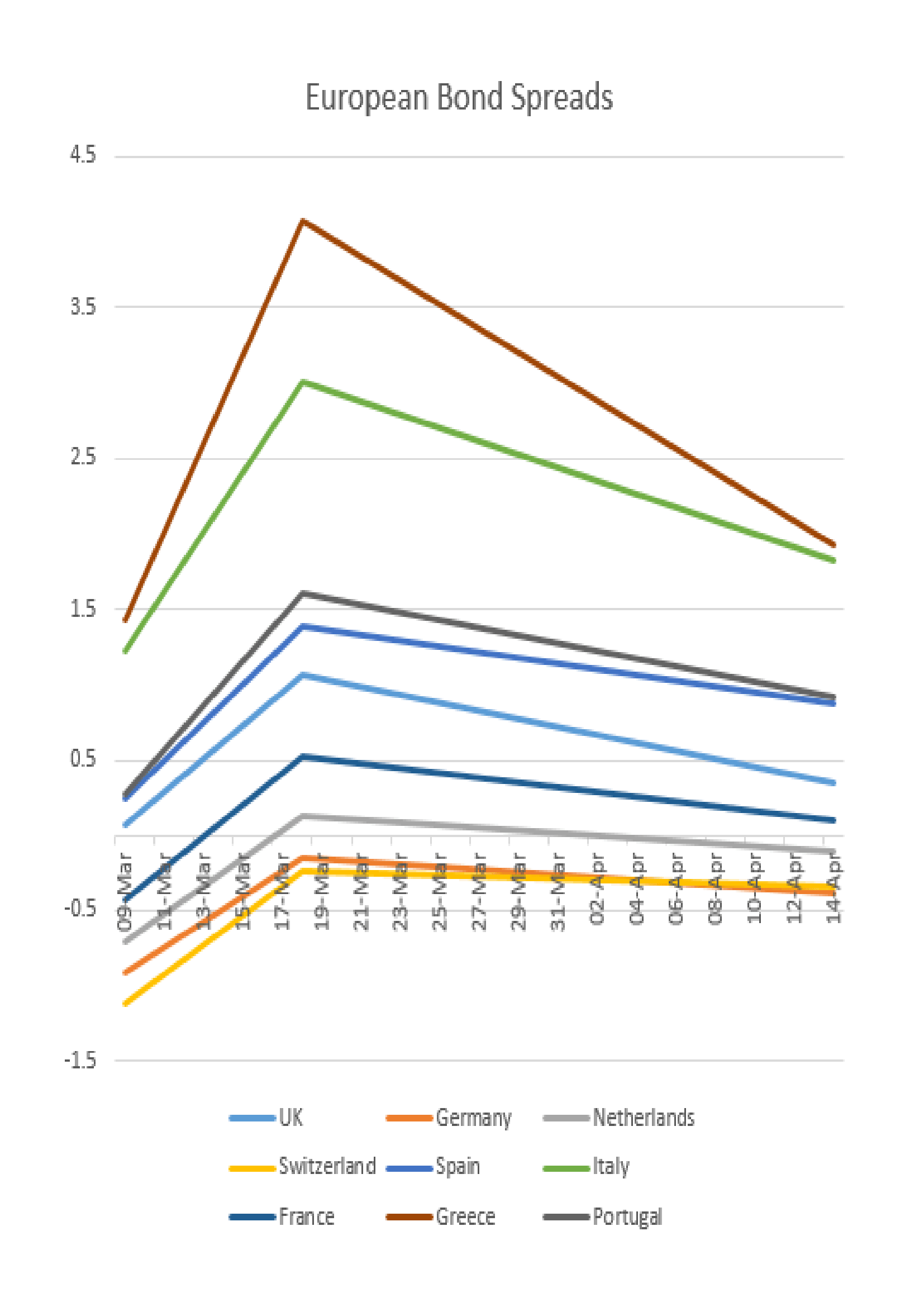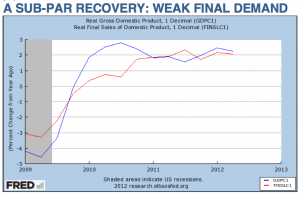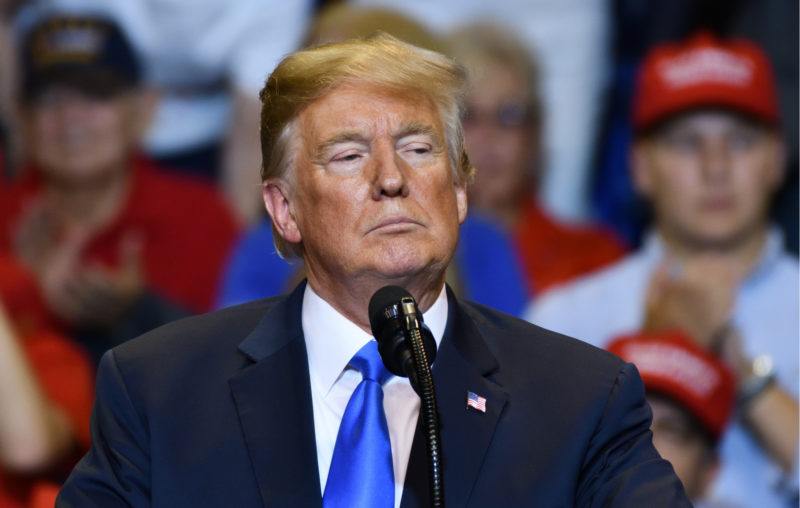Germany has recently joined Switzerland in the dubious All Negative Club. The interest rate on every government bond, from short to 30 years, is now negative. Many would say “congratulations”, in the belief that this proves their credit risk is … well … umm … negative(?) And anyways, it will let them borrow more to spend on consumption which will stimulate … umm… well… all of the wasteful consumption for which governments are rightly infamous.
While those who are about to borrow may find cause to cheer (as opposed to those who have already borrowed, at higher rates, who are now disadvantaged by this move), the savers are harmed. How can anyone save in an environment where savings has a cost?
John Maynard Keynes called for the “euthanasia of the rentier”. Congratulations, Germany, we say in all sarcastic seriousness. You have gone even beyond Keynes vicious idea. Your rate is now negative!
The Preference of the Savers
Instead of writing more on the destructiveness of this, we want to tackle a different question today. How is this possible? What are the mechanics? Why don’t savers rebel?
We wrote about the Crime of ’33 a few months ago, and it’s worth re-reading before going on. 1933 is when President Roosevelt made the dollar irredeemable. Prior to that, if you didn’t like the interest rate, you could sell the bond and hold gold coins instead. The gold coin has no default risk. And, back then—in the gold standard–it had no price risk.
Today one can own gold, to avoid default risk. This is a big part of why gold is now $1,500. But one takes price risk. And price volatility to be is considered a feature, not a bug, by the gold bugs!
The act of expressing that preference to hold gold coins over gold bonds did not just change one’s personal risk level. It also had an economic effect. It changed the exchange rate of the gold bond relative to the gold coin. I.e. it changed the price of the gold bond. I.e. it changed the interest rate. Let that sink in, as it is vitally important.The preference of the savers could change the interest rate.
When a saver chooses to opt out of the bond, he pushes the interest rate up. And this, of course, makes the bond more attractive to all other savers. Interest is the compensation paid for taking risk.
Thus, the gold standard had a very firm floor under the rate of interest. It was: time preference. Time preference is part of the nature of the human condition. Being that we are mortal, we must eat today in order to be alive tomorrow. So there is a reality-given bias to preferring goods now compared to goods in the future. Such as ten years.
Irredeemable Currency Disenfranchises Savers
However, we don’t have a gold standard today. We have the very model of a modern monetary mechanism (apologies to Gilbert and Sullivan). And in this system, the bond is not priced in terms of gold. It is priced in terms of the dollar (which is backed by the bond).
This means that if you opt out of the bond to hold gold, you are not affecting the interest rate. You are affecting the price of gold (or as we always remind readers, the price of the dollar measured in gold). The price of gold has no impact on the economy today (other than to the gold miners, and the gold supply chain). It could be $300 or $3,000 and it would make no difference.
As an aside, we write a lot about the falling interest rate which causes rising asset prices. And that rising asset prices is a process of conversion of one person’s wealth into another’s income. The latter consumes it. Endless bull markets may be popular, but they are just wholesale consumption of capital. They are part of Keynes’ evil plan. It makes no difference whether people speculate on equities, properties, or precious metals. The result is the same: earlier speculators spend later speculators’ wealth.
Let’s go back to that last statement, above, “…you are not affecting the interest rate.” This is the key to understanding why the interest rate has gone off the rails. If you buy equities, properties, antique cars, old masters artworks, or precious metals, you have no impact on the interest rate.
You are trading your money balance (i.e. credit balance) to someone else. In exchange, you are getting his non-money goods. In this case, gold. So what changed? Only the name in the banking system record, and the title to the goods.
And the seller inherits your position. He, too, is disenfranchised. In fact, regardless of whose name is on the record of each money balance, the dollars are captive within the banking system. They cannot get out.
In the gold standard, the interest rate goes up when people remove their gold from the banking system. In the irredeemable dollar system, there is no way to remove dollars from the banking system.
It’s All About the Spread
In Crime of ’33, we said, “Interest is a spread. It is the spread between the gold coin and the gold bond.”
Now we can see it in a new light. The interest rate is the spread between money held outside the banking system, and money held inside the banking system. If the spread is too small, people at the margin are incentivized to pull more money out. This causes interest rates to rise.
However, in a system where it is not possible to pull money out, this mechanism is not in operation. Like in our system. One person can trade a money balance in the banking system for a gold coin. But then the gold seller just gets that money balance. And he has the same dearth of options. A purchase from a third-party is not the same thing as a redemption.
As an aside, we exclusively use the word money to mean the most marketable commodity. And the extinguisher of debt. In the preceding few paragraphs, we have used it in a different sense. Nothing has changed in our intention or thinking. We simply felt that the terminology of money was the simplest way to make the point clear.
The proof is in the pudding. A number of major economies have negative interest rates. Now two major economies are entirely devoid of positive interest. And even zero interest. They are exclusively negative.
This is why Monetary Metals is on a mission to pay interest on everyone’s gold, to help the world move to a new gold standard, and restore the monetary franchise.



